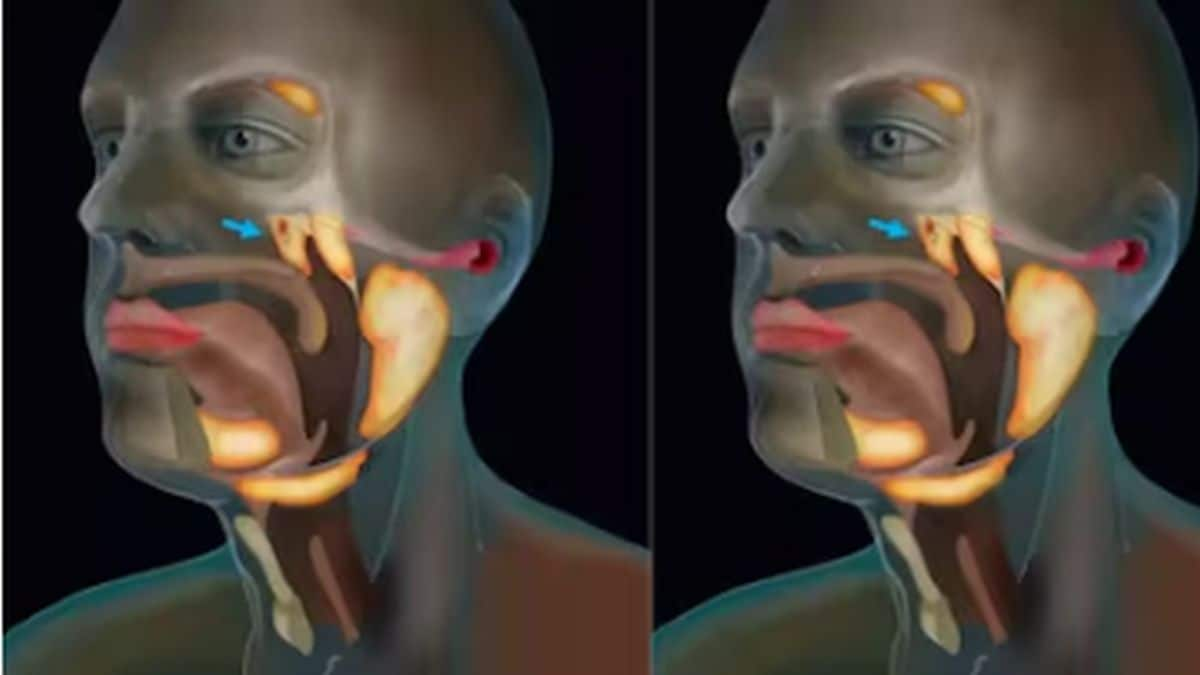There’s some good news for cancer patients. After India rolled out its first vaccine against cervical cancer on Wednesday and a miracle drug called ‘Dostarlimab’ cured 18 people with rectal cancer in the United States, scientists have now found a new treatment to stop the growth of melanoma skin cancer. In what could be a major scientific breakthrough, researchers at Sanford Burnham Prebys in California have found out that inhibiting a key metabolic enzyme kills cancer cells and stops the growth of tumours. According to the scientific journal Nature Cell Biology, the research reveals that the findings of the study could lead to a new class of drugs that can selectively treat melanoma. Let’s take a closer look at what the new research says. What is melanoma skin cancer? Melanoma is the most severe type of skin cancer. It develops in the cells that produce melanin, the pigment that adds colour to our skin. Melanoma occurs when there is an abnormality in the melanin-producing cells (melanocytes). Normally, healthy skin cells push the older cells toward the skin’s surface, where they die and eventually fall off. But when some cells develop DNA anomalies, new cells begin to grow exponentially and can eventually form a mass of cancerous cells. **Also read: Why Serum Institute's qHPV vaccine, India's first against cervical cancer, is a game-changer** According to a report by Mayo Clinic, the exact cause of melanoma skin cancer isn’t clear. However, some studies suggest that exposure to ultraviolet (UV) radiation from sunlight or tanning beds and lamps can increase the risk of melanoma growth. Skin cancer can usually develop anywhere in the body. But it most often appears in areas that have more exposure to sunlight like the back, legs, arms and face. People with darker skin develop hidden melanomas that can occur in areas that don’t receive much sun exposure like the soles of the feet, palms and even fingernail beds. The first signs and symptoms of melanoma skin cancer include a change of shape and colour of an existing mole or the development of a new pigmented or unusual-looking growth on the skin. What does the new research say about skin cancer? Director of the Cancer Centre at Sanford Burnham Prebys and the study leader Professor Ze’ev Ronai said that melanoma cannot survive or grow without the enzyme called Glutaryl-CoA Dehydrogenase (GCDH). It plays a key role in metabolising two amino acids – lysine and tryptophan – which are essential for human health and are ‘eaten’ by melanoma cells to produce energy. According to a report in Independent, scientists have been looking at ways to starve cancer cells since tumour growth depends on food sources or GCDH in the case of melanoma. Scientists have now discovered that inhibiting GCDH leads to a structural change in another protein called NRF2. Once successfully inhibited, NRF2 acquires the ability to suppress the cancerous cells. Also read: Findings about Dostarlimab, a new antibody drug, very encouraging, says expert in cancer treatment Professor Ronai said, “We’ve known for a long time that NRF2 can be both a driver and a suppressor of cancer,” Ronai says. “We just didn’t know how we convert NRF2 from a driver to suppressor function. Our current study identifies the answer.” “Now our goal is to find a drug, or drugs, that limit GCDH activity,” he added. Sachin Verma, a postdoctoral researcher in the Ronai lab said, “Melanoma cells ‘eat’ lysine and tryptophan to produce energy. However, harnessing energy from this pathway requires cancer cells to quench toxic waste produced during this process. It’s a six-step process, and we thought the cells would need all six enzymes. But it turns out only one of these enzymes is crucial, GCDH. Melanoma cells cannot survive without the GCDH portion of the pathway.” Does the treatment work on other types of cancer? No. Study authors found that inhibiting GCDH selectively targeted melanoma tumours. While similar experiments were conducted on lung, breast and other kinds of cancers, they did not produce the same impact. The team believes that the reason why the treatment did not work in other types of cancer is that they may rely on other enzymes to grow. The Ronai lab is now working collaboratively with scientists at the Conrad Prebys Centre for Chemical Genomics at Sanford Burnham to identify small molecule GCDH inhibitors that could treat melanoma skin cancer in the future. How common is melanoma? In the US, melanoma is the fifth most common cancer among both men and women. According to Cancer.net, people with lighter complexion are more susceptible to melanoma than people with a darker complexion. The American Cancer Society estimates that about 99,780 new melanomas will be diagnosed this year. Similarly, melanoma is the fifth most common cancer in the United Kingdom. According to National Health Survey (UK), around 16,000 new cases of melanoma skin cancer are diagnosed in the country every year. As per a study conducted by the Indian Council of Medical Research (ICMR), the incidence of melanoma in India’s north region is 1.62 for males and 1.21 for females for every 1,00,000 people. With inputs from agencies Read all the Latest News , Trending News , Cricket News , Bollywood News , India News and Entertainment News here. Follow us on Facebook, Twitter and Instagram.
Scientists in the US have developed a novel way to stop the growth of melanoma, the most severe form of skin cancer. This major breakthrough offers hope that new treatment for the disease could be developed
Advertisement
End of Article


)

)
)
)
)
)
)
)
)



